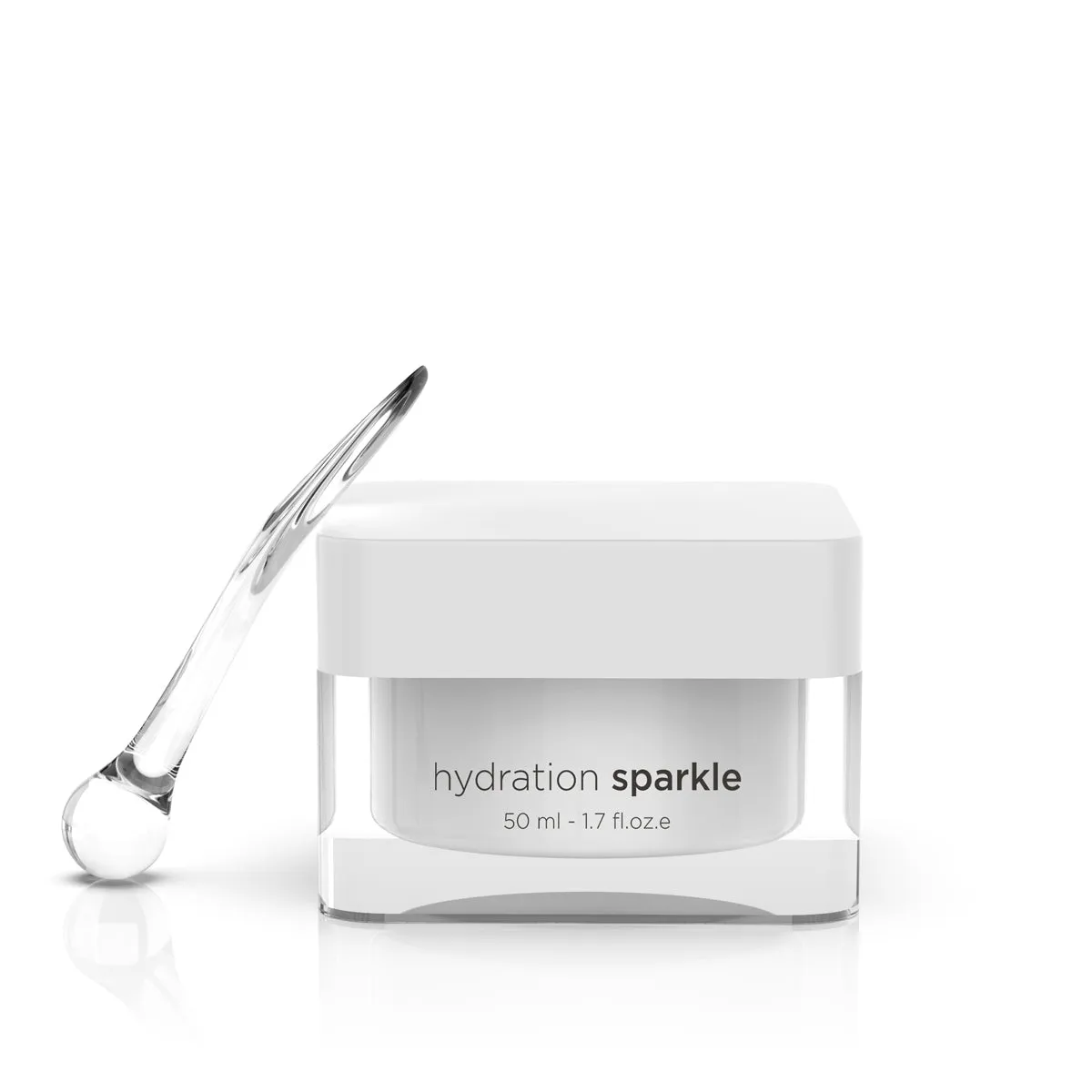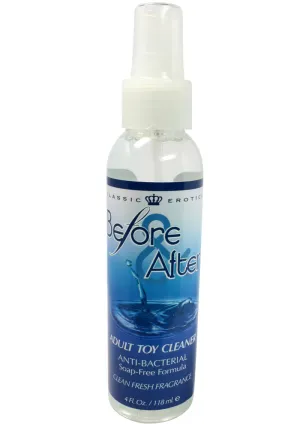2. Keratolytic effect by disruption of the bonds between corneocytes in the horny layer which results in exfoliation of dead skin cells. This process promotes skin renovation activating cell proliferation in the basal layer.3. Hydrating effect. As one of the NMF components, lactic acid provides powerful moisturizing action. Natural Moisturizing Factor is a water retaining substance complex in the horny layer of skin possessing the ability to attract and retain moisture providing skin turgor and elasticity. By epidermal renovation biologically dead cells of the horny layer (corneocytes) are replaced by metabolically active cells of the basal layer (keratinocytes) additionally providing deep moisture.4. Lifting effect achieved by proliferation (cell division) and fibroblasts (dermal papilla cells) activity stimulation. Fibroblasts are primary cells of loose connective tissue that produce components of the intercellular substance (collagen, elastin, fibronectin) and are responsible for synthesis of glycosaminoglycans (or mucopolysaccharides known for lubricating properties that are essential for human body). By increasing hydration and viscoelastic properties of the skin, lactic acid improves skin turgor, smoothes skin texture and reduces fine lines and small wrinkles.5. Sebostatic and comedolytic effect by disruption of intercellular connections between corneocytes unblocking clogged pores and reducing sebum secretion. Lactic acid also promotes triglyceride degradation inhibiting lipase released by acne-causing bacteria, thereby preventing inflammation. It helps to control sebum secretion reducing excessive oiliness and relieving dryness, promotes large pores shrinking and improving of acne skin with comedones, papules and pustules without over-drying it.6. Whitening effect achieved by dead skin cells exfoliation. Lactic acid also facilitates uniform distribution of melanin granules in the epidermis and promotes tyrosinase inhibition – a melanogenic enzyme that affects skin color. As a result, skin tone becomes fair and even.7. Bacteriostatic and anti-inflammatory effect. The acidifying effect of ionized lactic acid supported by skin non-penetrating lactate ion provides unfavorable conditions for pathogenic bacteria growth (most effective against anaerobic bacteria and slightly less effective against yeast and fungi).8. Antioxidant effect. Reducing free radical’s production such as superoxides and hydroxyls, lactic acid provides strong skin protection from harmful environmental factors.












